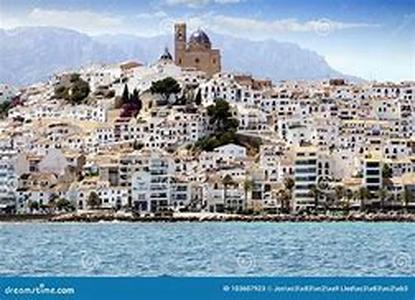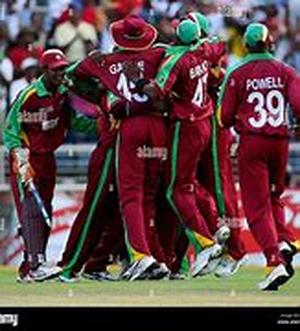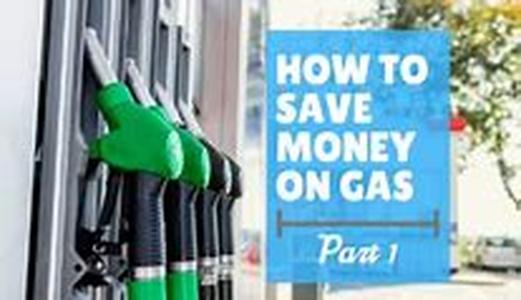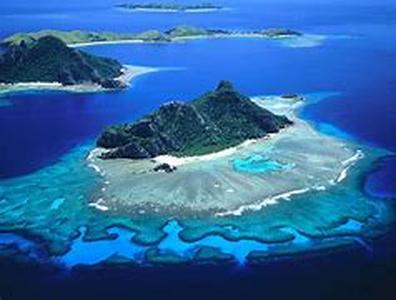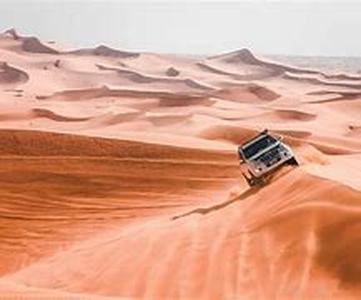
Thailand Has A Good Network Of Well-maintained Roads And Highways Between All Main Centres. Road Signage Follows International Convention And Is In Both Thai And English. Drunk Drivers And An Abudance Of Haphazardly Driven Motorcycles Make Night-time Driving A Real Problem, However. Road RulesTraffic Drives On The Left Hand Side And Drivers Must Be At Least 18 And Hold A Full, Valid Thailand Driving Licence Or An International Driving Permit. If You Only Have A National Driving Licence From Your Own Country You Will Be Permitted To Use For Up To Two Months. To Hire A Car, Renters Have To Be At Least 25 Years Old. Wearing Of Seat Belts Is Compulsory And Drunk-driving Laws Apply; All Insurance Is Invalid If Drivers Exceed The Legal Alcohol Limit.Police Regularly Occassionally Set Up Speed Traps And Offenders Breaking The Limits Will Be Subject To On-the-spot Fines, Which Are Routinely Less Than The Official Rate, But No Ticket Is Given. The Maximum Bloodalcohol Limit Is 0.5mgml. Unfortunately The Thai Police Are Very Lax In Controlling Drunk Drivers And This Creates A Hazard Late At Night.Speed Limits:Urban Areas:45 - 60kph28 - 37mphHighways:90 110kph56 68mph.Motorways And The Road NetworkThere Are About 64,600kms40,141mls Of Paved Roads In Thailand As Well As A Large Network Of Unpaved Roads (especially In The North). Major Highways Radiate Outwards From Bangkok To All The Major Cities, With Most Of The North-south Route Consisting Of Dual Carriageway. Interconnecting Roads To Smaller Towns And Cities Are Usually Wide, And Single-laned With Two-lane Sections At Interchanges.Parking In Cities Is Usually On The Street For A Small Charge Or, For The Most Part, Covered Parking In Hotelplazas Or Shopping Centres. Farther Out Of Town Centres Parking Is Usually Free, If You Can Find A Space. Dont Block Government Building Entrances Or Youre Likely To Be Towed. Costs, Distances And TimesService Stations Are Plentiful And Most Of The Larger Ones Accept Major International Credit Cards. In More Remote Locations, Hand Pumps Are Common And Cash Will Be Required. Unleaded 91, 95 And High-octane 98 Fuels Are Available As Well As Diesel, And LPG At Some Locations. Unleaded 95 Is About 18 Baht Per Litre; Diesel, 15 Baht.Typical Driving Distances And Times:Bangkok To Chiang Mai:686kms426mls9 HoursBangkok To Hat Yai:993kms617mls12 HoursHat Yai To Phuket:474kms294mls7 Hours.SafetyRenters Requiring Assistance Will Find An Emergency Phone Number Printed On Their Rental Agreement And On The Windscreen Sticker. Try To Refrain From Driving At Night As Unsuspecting Potholes, Local Drivers Without Tail Lights And Wandering Livestock Can Greatly Increase The Possibility Of Having An Accident.Since Thai Motorists Are Notoriously Ill-disciplined With Giving Way Or Observing Traffic Rules, Motorists Are Advised To Drive At An Easy Pace (50kms Or Less) In Urban Areas. In The Event Of An Accident, Thais Perfer To Settle The Legal Outcome On The Spot And Often Expect The Wealthier Motorist To Absorb The Cost, This Includes Foreigners.Stay Away From Downtown Bangkok; Traffic Is Horrendous And Roads Are Confusing, Not To Mention Road Users Who Have A General Disregard For Other Vehicles. Dont Drive Too Close To The Edge Of The Road On Any Highway As Motorcycles Quite Often Drive Up The Wrong Way, And Keep Out Of The Path Of Buses And Trucks. The Songteaw Minibus Trucks Have A Habit Of Suddenly Pulling Ove

